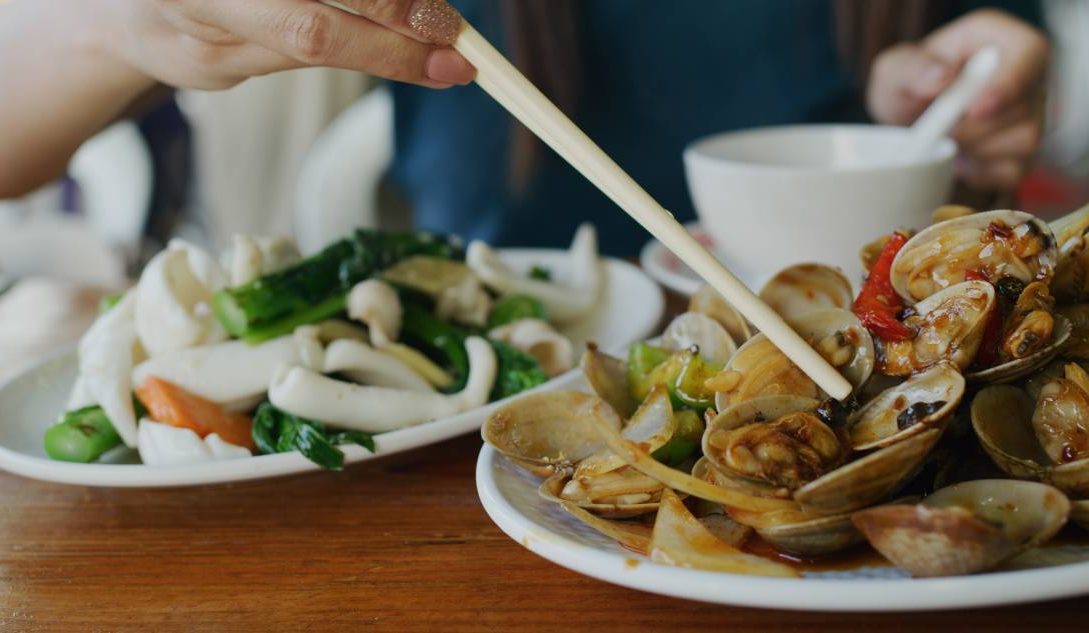In the diverse tapestry of global cuisine, Asia stands out as a vibrant and rich melting pot of flavors, where each country contributes its unique culinary treasures. From the fiery spices of India to the delicate nuances of Japanese cuisine, Asian foods tantalize taste buds and offer a feast for the senses. This exploration will delve into the popularity of Asian foods, with a particular focus on the distinct flavor profile of Chinese cuisine. Additionally, we’ll unravel the fascinating question: why does food taste good?
What foods are popular in Asia?
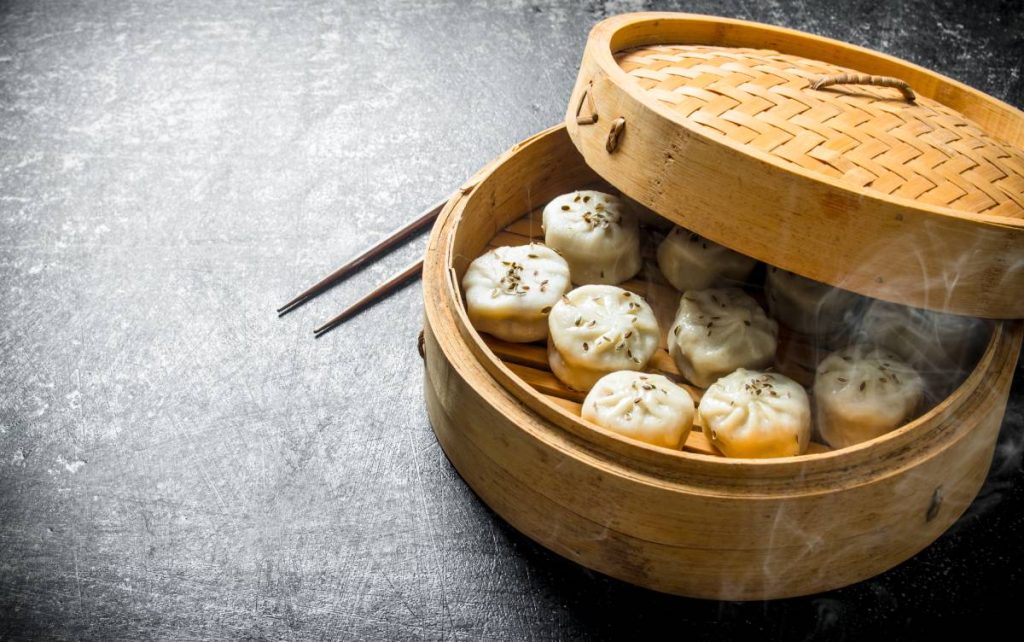
Asia boasts a diverse and rich culinary landscape, featuring a wide array of delicious and distinctive dishes. From the spicy curries of India to the savory noodles of Japan, Asian cuisine reflects a tapestry of flavors, textures, and aromas. Let’s explore some popular foods that capture the essence of this vibrant continent.
In China, you’ll find iconic dishes like Peking duck, a crispy duck served with thin pancakes and hoisin sauce. Dim sum, small bite-sized dishes like dumplings and buns, is another culinary highlight, enjoyed during leisurely brunches.
Japan, famous for sushi, also offers ramen—a flavorful noodle soup with various broths and toppings. Sashimi, thinly sliced raw fish, showcases the country’s emphasis on fresh, high-quality ingredients.
In South Korea, kimchi takes the spotlight—a fermented vegetable dish, usually featuring cabbage and radishes, seasoned with chili pepper, garlic, ginger, and other flavorful ingredients. Korean barbecue, where you grill meat at the table, is a social and delicious dining experience.
Moving to Thailand, the bold and spicy flavors of dishes like Tom Yum soup and Pad Thai are internationally renowned. Thai cuisine balances sweet, sour, salty, and spicy elements, creating a harmonious taste sensation.
Indian cuisine, known for its rich spices, offers favorites such as curry, biryani, and dosa. Each region in India contributes its own distinct flavors and cooking techniques, making Indian food a delightful exploration of diversity.
Vietnam introduces pho, a comforting noodle soup, and banh mi, a tasty sandwich filled with various ingredients. Vietnamese cuisine often features fresh herbs, rice noodles, and a balance of textures.
Indonesia’s diverse culinary scene includes Nasi Goreng, a flavorful fried rice dish, and Rendang, a slow-cooked beef stew with coconut milk and spices. The use of aromatic herbs and spices is a common thread in Indonesian cooking.
Malaysia’s Laksa, a spicy noodle soup, and Nasi Lemak, coconut milk-infused rice served with anchovies and sambal, showcase the country’s unique blend of flavors influenced by Malay, Chinese, and Indian cultures.
Singapore’s Hainanese Chicken Rice, a dish with poached chicken and fragrant rice, is a local favorite. The city-state’s diverse food culture reflects its multicultural population.
These examples merely scratch the surface of Asia’s culinary diversity. Whether you’re exploring street food markets or dining in high-end restaurants, the continent’s food offerings are bound to delight your taste buds with their unique and delicious combinations of flavors.
What is the Flavour of Chinese food?
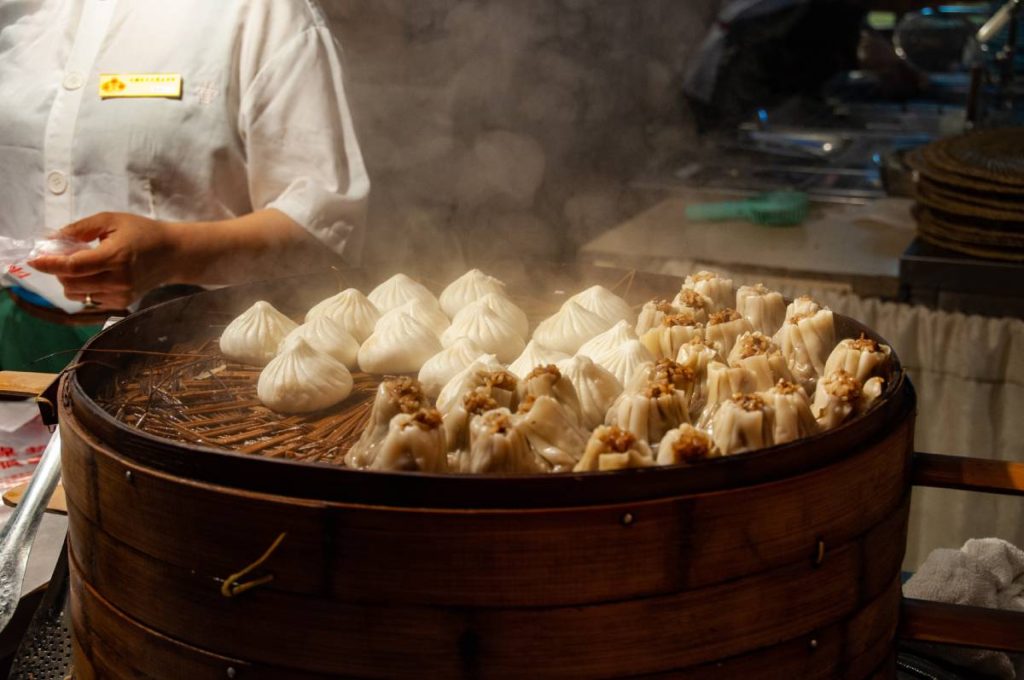
Chinese cuisine is a delightful explosion of flavors, combining sweet, salty, sour, and umami tastes in a harmonious dance on the palate. From the bold and savory notes of Peking duck to the subtle elegance of steamed dumplings, Chinese food is a symphony of taste experiences.
One key aspect of Chinese flavors is the balance between Yin and Yang elements. Yin represents the delicate and cooling aspects, often found in vegetables and lighter dishes. Yang, on the other hand, embodies the hearty and warming qualities, prevalent in meat and richly seasoned dishes. This balance is crucial in achieving the overall flavor harmony.
Soy sauce, a staple in Chinese cooking, contributes a salty and savory kick to many dishes. Oyster sauce, made from oysters and soy sauce, adds depth and a hint of sweetness. Hoisin sauce, with its sweet and tangy profile, enhances the flavor of various dishes, especially Peking duck.
Chinese cuisine also embraces the use of aromatic spices like ginger, garlic, and green onions, providing a fragrant and savory dimension to many dishes. The wok, a versatile cooking tool, imparts a distinct smoky flavor to stir-fried dishes, a hallmark of Chinese cooking techniques.
Regional variations play a significant role in Chinese flavor profiles. For example, Sichuan cuisine is renowned for its bold and spicy flavors, thanks to the generous use of Sichuan peppercorns and chili peppers. Cantonese cuisine, on the other hand, tends to be more subtle, emphasizing the natural flavors of fresh ingredients.
Dim sum, a popular Chinese dining style, showcases a diverse range of bite-sized dishes, each bursting with its unique combination of flavors. From dumplings filled with savory meats to sweet custard buns, dim sum offers a symphony of tastes in one meal.
In Chinese desserts, sweetness is often balanced with subtle flavors like red bean paste, sesame, or lotus seed. The use of fruits like lychee and mango also adds a refreshing and sweet touch to the end of a meal.
The concept of “wok hei” or “breath of the wok” is integral to Chinese cooking. It refers to the unique taste and aroma that results from cooking at high heat in a wok. This technique imparts a smoky, slightly charred flavor, enhancing the overall taste experience.
Chinese food is not just about the individual flavors but the artful combination of these elements. The contrast between textures, such as the crispiness of Peking duck skin against the tender meat, adds another layer to the culinary experience.
In essence, the flavor of Chinese food is a dynamic interplay of sweet, salty, sour, and umami tastes, harmonized through the careful use of ingredients, spices, and cooking techniques. Whether savoring a bowl of noodle soup or indulging in a banquet of diverse dishes, Chinese cuisine promises a journey through a spectrum of delightful flavors.
Why does food taste good?
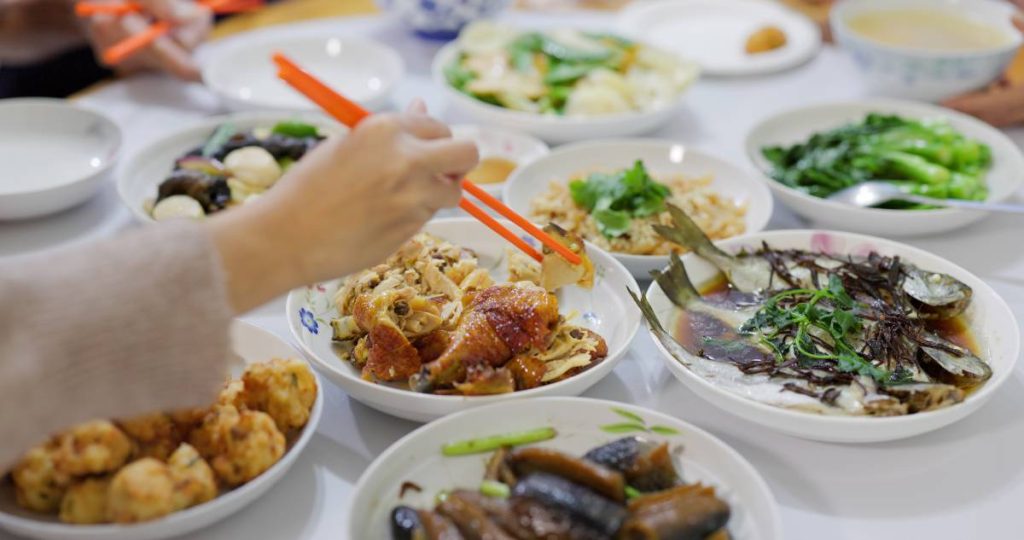
The delightful taste of food is a complex and fascinating interplay of our senses and the intricate chemistry occurring in our mouths. The primary reason food tastes good lies in the combination of flavors, textures, and aromas that stimulate our taste buds.
Flavors, such as sweet, salty, sour, bitter, and umami, interact on our tongues, creating a symphony of taste experiences. This diversity in taste is crucial in making food enjoyable, as our taste buds respond to a range of sensations.
The sense of smell also plays a significant role in the perception of taste. Aromas from food travel to the olfactory receptors in our noses, enhancing the overall flavor experience. This is why food may seem less appetizing when we have a cold, as our sense of smell is compromised.
Texture is another essential factor contributing to the pleasure of eating. The contrast between crunchy, creamy, chewy, and tender textures adds a dynamic element to the overall sensory experience, making food more enjoyable.
The brain’s response to food involves a complex network of neural pathways and chemical signals. When we eat, our brains release neurotransmitters like dopamine, often referred to as the “feel-good” neurotransmitter. This creates a pleasurable sensation, reinforcing the enjoyment of eating.
Evolutionary factors also contribute to our appreciation of certain tastes. For example, sweetness is often associated with energy-rich carbohydrates, while the preference for salty foods may stem from the body’s need for essential minerals. Bitterness, on the other hand, can signal potential toxins, leading to an instinctive aversion.
Cultural influences and personal experiences further shape our taste preferences. What one finds delicious might differ from another based on upbringing, exposure to diverse cuisines, and individual sensitivities to certain flavors.
Cooking techniques, such as roasting, grilling, and sautéing, can enhance the Maillard reaction—a chemical process that occurs when amino acids and reducing sugars react, resulting in the browning and development of complex flavors. This reaction contributes to the appealing taste of grilled meats, roasted vegetables, and other cooked foods.
The social and emotional context of eating also influences our perception of taste. Sharing a meal with loved ones, enjoying comfort food, or savoring a special treat can evoke positive emotions, enhancing the overall enjoyment of the food.
Food memories also play a role in shaping taste preferences. The association of a particular dish with a happy or memorable event can create a positive emotional connection, making that food taste even better.
In conclusion, the goodness of food is a multi-faceted experience, encompassing flavors, textures, aromas, and the intricate workings of our senses and brains. The combination of these factors, along with evolutionary, cultural, and personal influences, creates the rich tapestry of taste that makes eating a pleasurable and satisfying activity.
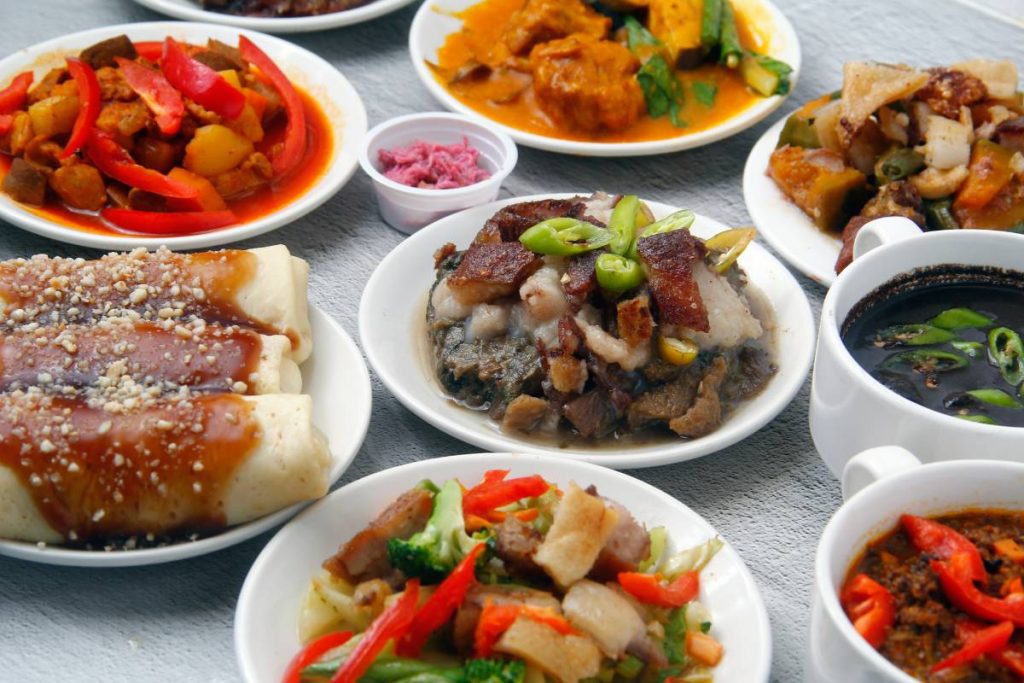
Conclusion:
In closing, the culinary wonders of Asia captivate not only the stomach but also the heart, embodying centuries of tradition, regional diversity, and a deep understanding of flavor. Chinese cuisine, with its harmonious blend of sweet, salty, sour, and umami tastes, showcases the artistry behind the country’s culinary traditions. Lastly, the enjoyment we derive from food goes beyond mere sustenance; it’s a symphony of sensory experiences, cultural influences, and evolutionary adaptations that make every bite a journey of pleasure and satisfaction. As we savor the flavors of Asia and ponder the reasons behind our culinary delights, we embark on a gastronomic adventure that transcends borders and unites us through the universal joy of good food.


